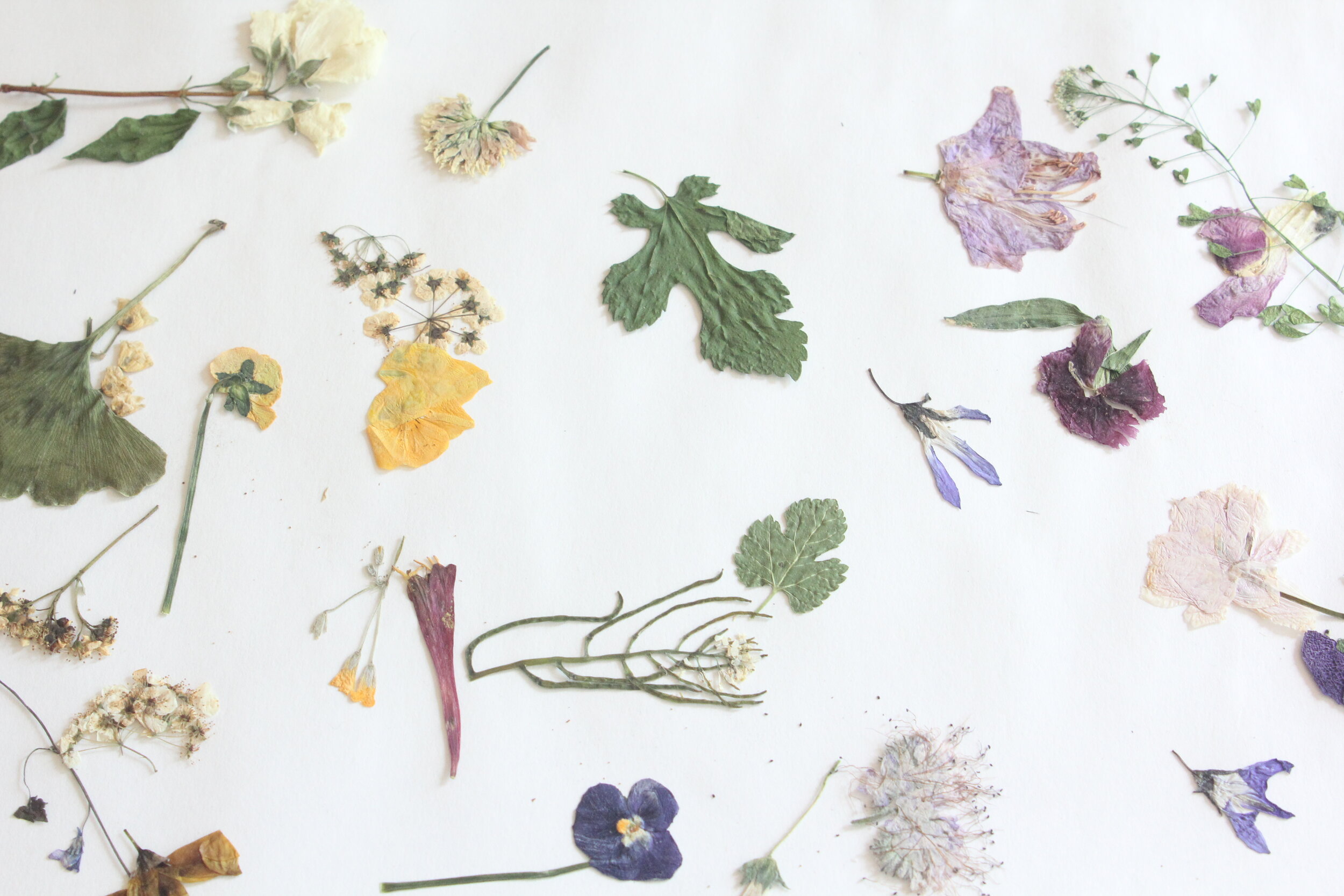Dirt. Soil. Earth.
Whenever I see a dog run to a patch of grass and happily rub its body against the ground I relate to that joy of connecting with unpaved earth. It has been shown that when we come in contact with healthy soil, the microorganisms living inside release endorphins and benefit our mental health. I love the feeling of digging into the soil with my hands. But when I grow plants in my apartment in Greenpoint, Brooklyn, all the dirt is imported. Living here, on top of one of the largest superfund sites in the U.S. I don’t dare put my hands in the local soil. Touching the soil, drinking the water, takes ignoring and actively forgetting all the studies I have read about the land I live on.
Toxic soil leads to toxic plants, plants that have extracted the lead and chemicals out of the earth. Growing out of the cracks the plants are at once beautifully resilient and ominous. I’ve collected them pressed between the pages of my notebooks and gathered them into pretty little bouquets. There is so much we can’t see. A soil core taken here and placed under a microscope would uncover centuries of events, nutrient exchanges, and notable climatic shifts, stories of displacement, pollution, and extraction. A handful of urban topsoil, the layer we have the most intimate relationship with, is less of a resource than a warning.
In France, the conditions and methods in which a plant is grown, the soil, the environment are called the terroir. As a way of both preserving the unique circumstances in which something is grown and commodifying it, France developed the appellation d'origine contrôlée (AOC). This strict classification system attaches as much value to unique qualities of the land as it does to the resulting product. Under this system, champagne is not truly champagne unless it comes from the Champagne region. The terroir of anything grown behind my apartment building is probably pretty distinct though inedible.
A few years ago, in a talk given by geologist and geomorphologist (the study of how land changes over time) Dave Montgomery, I was introduced to the concept of soil loss. Ninety-five percent of our food is grown in the first fragile layer of topsoil; in the past 50 years, over a third of that soil has been lost. Topsoil contains nutrients that take decades to accumulate naturally. Chemical fertilizers, monocultures, and the general mistreatment of soil destroy that nutrient heritage and the microorganisms within. Land ownership is the ownership of soil and ownership of soil represents the ownership of nutrients. When taken care of that soil will flourish but when land is overworked and improperly replenished, soil erodes and with it the capacity to remain vital and productive.
A well-functioning nutrient cycle is a set of gracious exchanges. When a tree sheds its leaves, the nutrients in those leaves are processed by detritivores (worms, fungi, and insects) and return to the soil surrounding the tree. The tree reclaims those nutrients from its roots to its crown. And when the tree dies, those nutrients are released back into the earth for other plants as well as animals. to benefit from. A piece of food thrown in the trash breaks the cycle. Rather than creating an opportunity for nutrients to continue taking part in our food systems, the piece of food releases heat-trapping methane, and its nutrients are permanently removed from the cycle.
Compost is the act of transforming organic matter into soil again and returning those nutrients to the growth cycle. Watching a green watermelon rind, a red tomato, a pile of dead leaves transform into “black gold” feels like a sleight of hand. Soil is the foundation that impacts the entire cycle of a plant from seed to crop to food on our plates. It is where roots take hold. I will not put my hands in the soil behind my building but I will put my rinds, my scraps, and my energy into it with the hope that somewhere down the line some person or creature will benefit.






